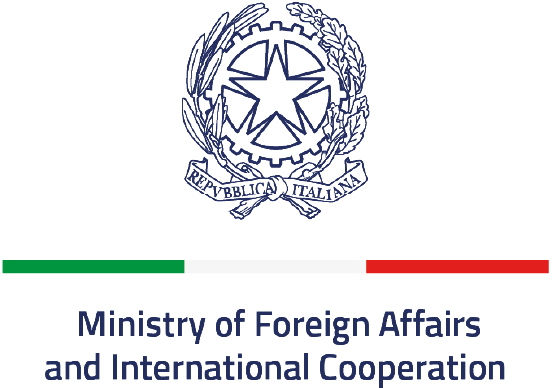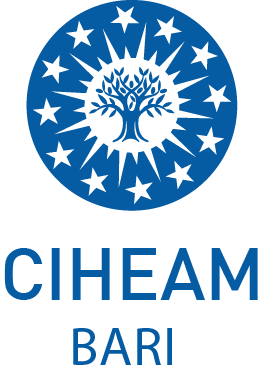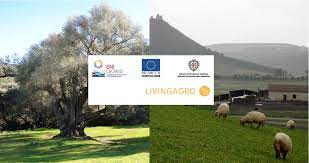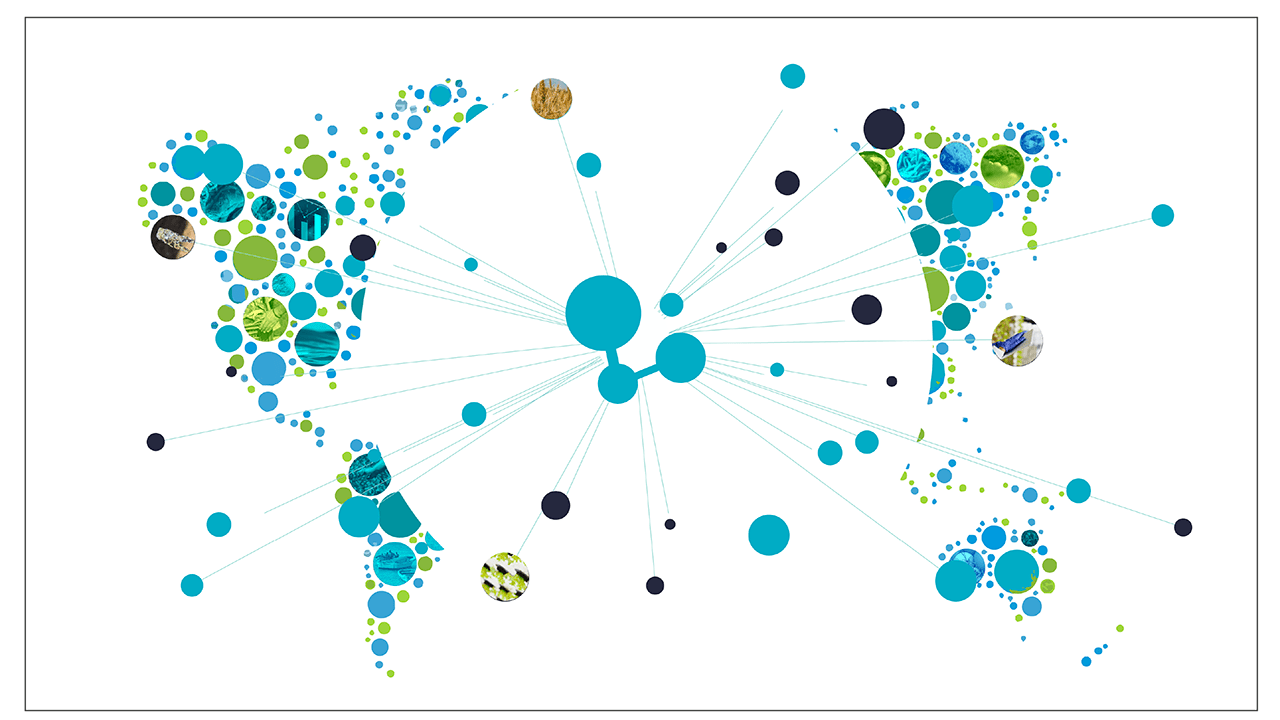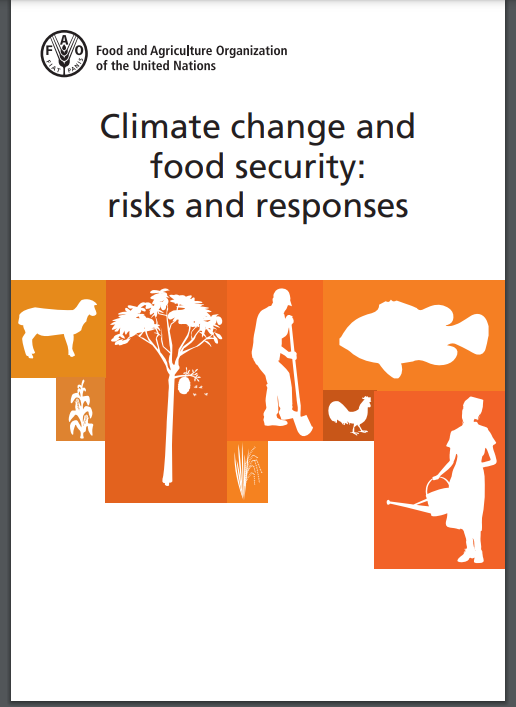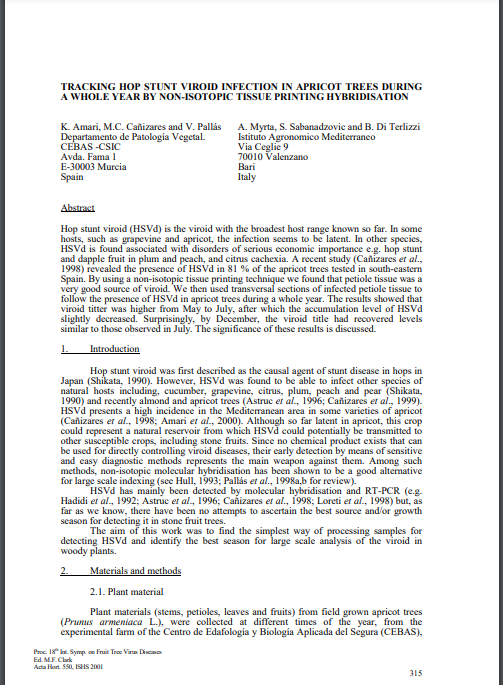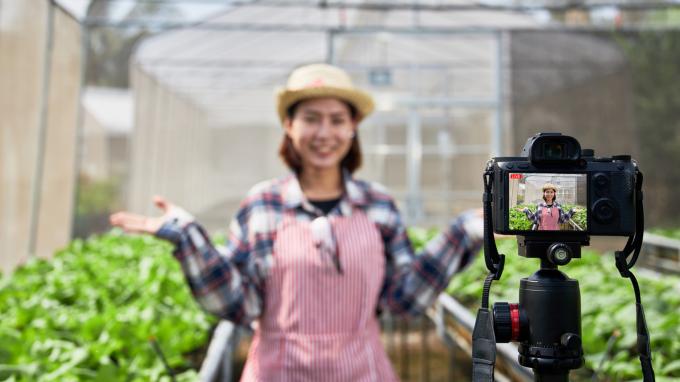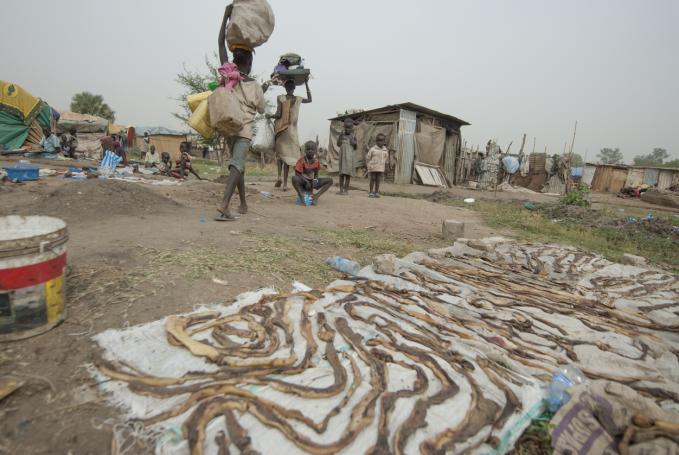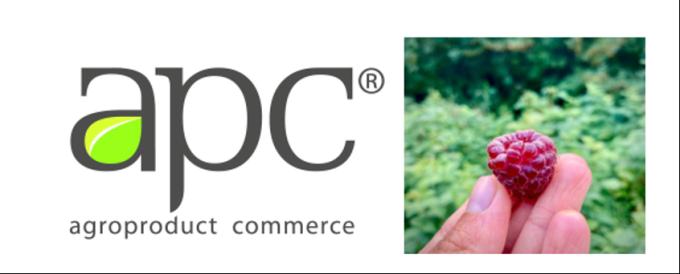GOOD PRACTICE

Cultivation of cowpea during the period of receding waters: the experience of Maghta Sfeirat in Mauritania to enhance food security and climate resilience
Mauritania
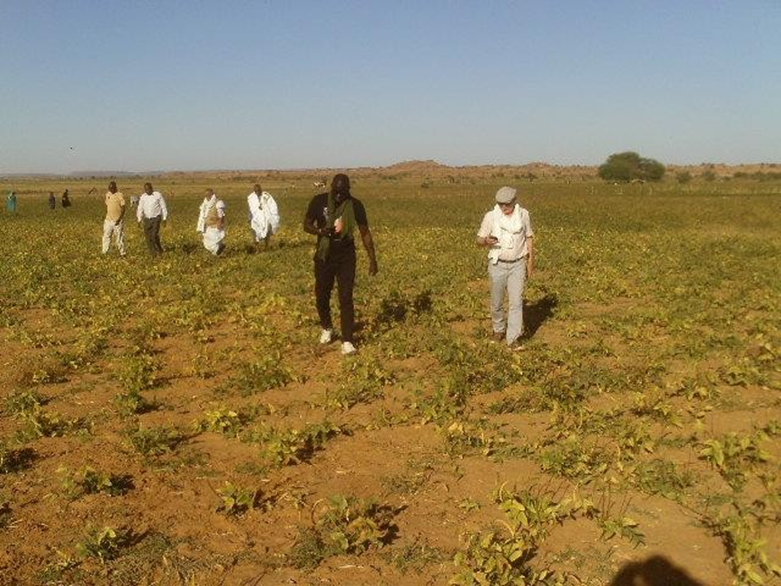
This initiative shows the successful adoption of a specific bean - cowpea - cultivation in the village of Maghta Sfeirat during receding waters as an alternative to maize farming. Considering its lower water requirements and higher protein content, cowpea cultivation supports food security and adapts to climate hazards. Led by local farmers and supported by Rim-Rural rural development platform, the initiative has transformed over 800 hectares into productive cowpea fields. With improved crop management techniques this replicable initiative stands as a resilient solution to provide economic benefits, improve nutrition, and empower local communities.
You must be registered to see all the content
Maghta Sfeirat is a dam dating back to the colonization era, built as part of support for sedentarization. Due to the importance of the area it waters (800ha), it can be considered the breadbasket of Assaba region. Agriculture is the first economic activity of the populations of Maghta Sfeirat who have always succeeded in coping with crises (drought, famine, natural disaster, food crises) through continuous and sustainable production. Since its construction, the dam has made it possible to cultivate in the period of receding waters, apart from 2 years when it suffered damage which was repaired in 2004. The farmers cultivated in recession following the traditional system of intercropping (sorghum, cowpea, squash or sweet potato), throughout the extent of the dam basin. The sorghum used was a long-cycle variety (120 days), often subject to bird attack. An adaptation of cultivation techniques, the introduction of a new cultivation itinerary based on cowpea was therefore tested to reduce food insecurity, thanks to a specific social organization.
The targeted village of Maghta Sfeirat (which is the main stakeholder involved) is located northwest of the commune, 15 km from the Route de l'Espoir and 60 km from Kiffa. 547 families mainly grow food crops: sorghum, maize, cowpea, wheat and barley in the basin of the Maghta Sfeirat dam which was named after the valley. The stakeholders (mainly Maghta Sfeirat village) were mobilized in the form of a local group (called Twiza) to grow cowpeas as an alternative to corn cultivation. The introduction of cowpea cultivation made it possible to pay for household necessities, to improve nutrition through diversified and richer local dishes for children, and to invest in various local economic activities.
This initiative remains exemplary because adapted and practiced by all farmers, and fully support joint ownership of decisions and actions. It also supports the stakeholders with a gender sensitive lens. The majority of the concerned stakeholders are from the group of former slaves, known under the name of Haratin that is, those who were suffering from slavery.
The objectives of the initiative were adaptation to climate hazards through more resilient crops such as cowpea.
From idea to implementation:
The process began after the years of drought which caused a lot of egg hatching from millet-eating birds and other predators. In 2010, with the help of RIMRAP Program, two peasant brothers, Sleimane Ould Sambeh and Abdallahi Ould Sambeh, and community leaders (from the Sidi Mahmoud tribe) initiated the new practice of ''Replacing the white maize cultivation with cowpea or beans'', after recurrent droughts and attacks by grasshoppers and other crop pests. The Cowpea cultivation began as an alternative step to corn cultivation, and now cowpeas are grown as far as the eye can see in the dam basin, and cultivation has been adopted at the local and even the community level.
This initiative contributed to reducing the risk of disasters / crises and adapting to climate hazards, in the areas where it was applied through more resilient crops such as cowpeas. Therefore, this initiative is sustainable and replicable and can be considered a good practice.
The method used: The test of replacing sorghum, which birds prefer, with cowpeas that are less attractive, proved to be positive, and this confidence spread rapidly. Another advantage of cowpea is the selling price of the grind (unit of measurement of about 4 kg) and the nutritional value. It is a rich legume whose protein content is higher than that of cereals such as sorghum. The initiative was then supported by the delegation of agriculture, for securing the land (fence) and the provision of an insecticide against grasshoppers. Key dates for the initiative: 2010 - Test of cowpea cultivation, following an invasion of birds; 2011 - the farmes, two peasant brothers, adopt the cultivation on a scale of their fields; 2012 - Local expansion of cowpea cultivation despite poor rainfall; 2012-2018 - Continuous production sold to Kifa (capital city of the region).
The progress of the initiative:
- Agriculture technology change. Cowpea cultivation is practiced - by all farmers in the region - behind dams, during the period of receding water from October to February. Then, it spreads over an area of more than 800 hectares in 8 sites. It is known that there is a real estate agreement for a fixed division of the land in the reclaimed basin, with the possibility of obtaining loans. All families have access to this location, behind the dam. - If the methods of harvesting and threshing are as old as the ancestors, then the new cowpea cultivation follows a new technical path: - The planted perimeter is secured with a fence to allow time for the gradual ripening and spread of the harvest over a month and a half, which is necessary in the period of receding water. - The experience of early seeds (but farmers eventually preferred to keep the local quality that is less rushed, more rustic, and better in taste). - Introducing pest treatments (as the delegation of the Ministry of Agriculture intervened with a treatment with the flinitrothion technique against locusts). - Preservation: Shed the crop in an airtight container: the 20-liter canister or drum that preserves the crop for at least a year instead of 3 months and protects it from borer insects.
Organization, production management:
- For the cultivation, men are organized into the system of Twiza which they have traditionally practiced: so they form mutual aid groups consisting of 2 to 15 people who intervene in the fields of the participants, each according to his role. They are not compensated for this, but they share a meal on working days. The organizer of Twiza, the owner of the field, provides the tools (shovel, scythe...) for sowing, weeding and harvesting. Women are mobilized to cook and sing percussion. - The cost of the Twiza is about 3000 ounces, as a disbursement to the owner of the field, mainly represented by the costs of feeding the workers. - For the family, the cultivated area ranges from 1.5 hectares to 4 hectares according to the means (manpower, financial affairs). - Each family is responsible for harvesting and marketing its crop. For the family, production is estimated at an average of 1 tonne, and half of this quantity is reserved for daily consumption and the other half is sold. Thus, the profit from sales reaches 20,000 ounces (500 kg * 400 ounces) for each campaign. - Part of the cowpea or beans is also converted into cakes that are eaten with the sauce.
Difficulties encountered and solutions provided:
- Maintenance of the fence which is expensive, difficulty in mobilizing the technical services in the event of a problem (attack of Bruchi - Acanthoscelidesobtectus - or grasshoppers). -To remedy this problem, part of the harvest sold was reserved for production costs: maintenance of the fence and purchase of equipment, communication costs with the delegation of the Ministry of Agriculture, transport of fenitrothion and its storage.
Dissemination of the initiative:
- Cowpeas are grown as far as the eye can see in the basin by other farmers. The crop has been adopted at the local level, even at the communal level. - The cultivation of cowpea, initiated by two brothers, is practiced today by all the peasants of the locality, behind the dam, extended over 800 ha and 8 localities.

